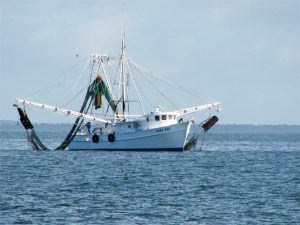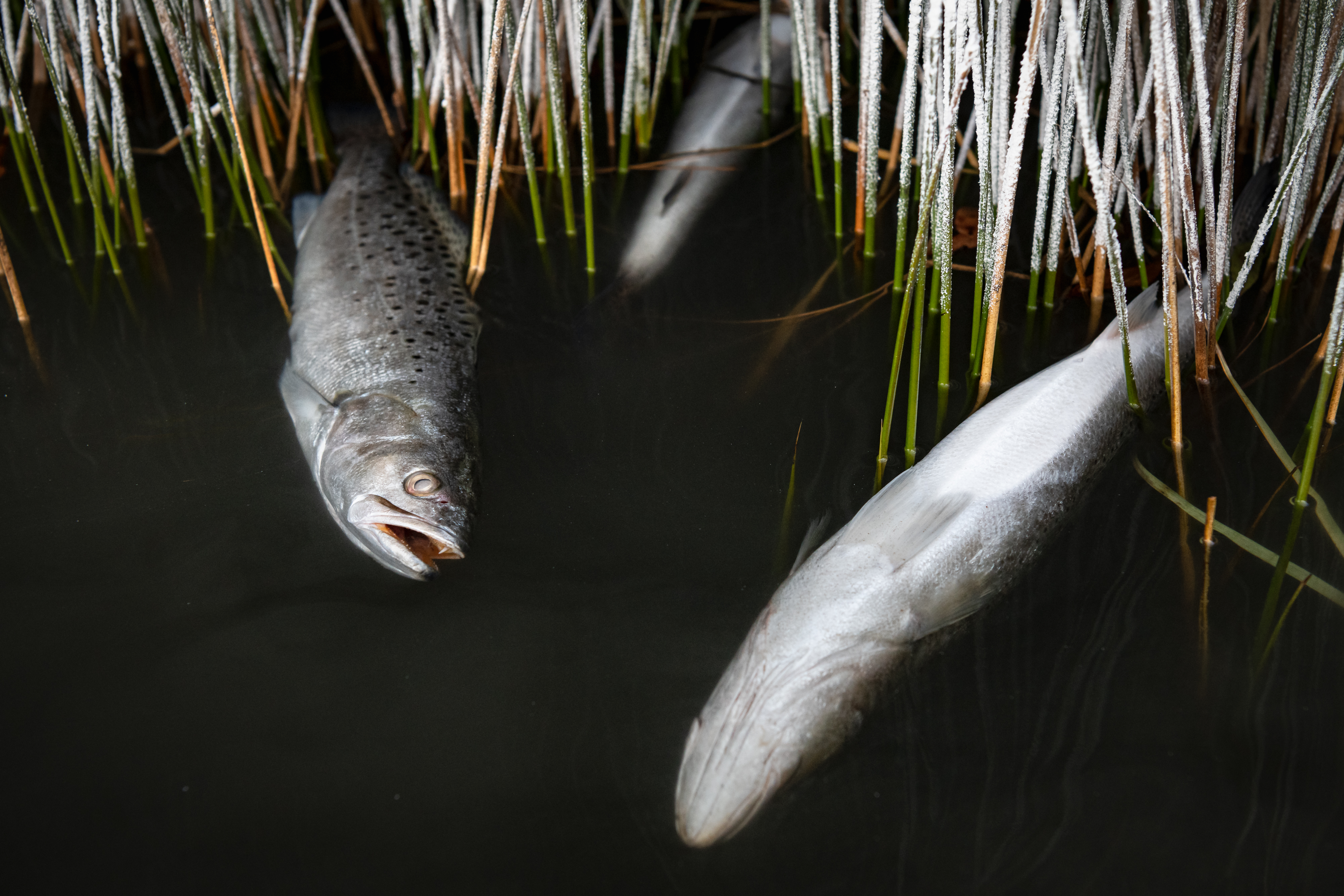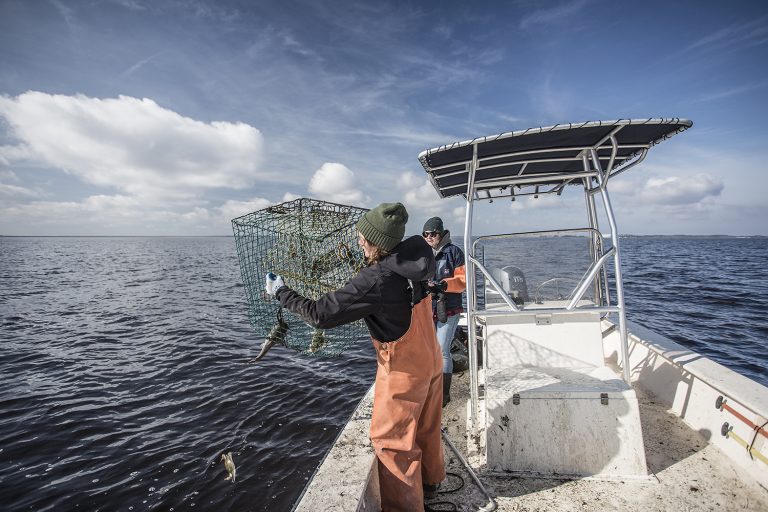Reminder: Division of Marine Fisheries begins scoping period on shrimp

The N.C. Division of Marine Fisheries is seeking input from the public on potential management strategies for an upcoming amendment to the Shrimp Fishery Management Plan.
The amendment will examine management strategies to further reduce bycatch of non-target species in the shrimp trawl fishery and potential changes to existing shrimp management strategies.
Fishermen and other stakeholders are encouraged to provide input by either attending one of three scoping meetings or providing written comments.
The scoping meetings were previously announced and are scheduled for:
Jan. 7 from 6 p.m. to 8 p.m.
N.C. Department of Environmental Quality
Washington Regional Office
943 Washington Square Mall
Washington
Jan. 13 from 6 p.m. to 8 p.m.
N.C. Division of Marine Fisheries
Central District Office
5285 Highway 70 West
Morehead City
Jan. 9 from 6 p.m. to 8 p.m.
N.C. Department of Environmental Quality
Wilmington Regional Office
127 Cardinal Drive Extension
Wilmington
The scoping meetings will include a presentation from division staff, followed by a public comment period. Individuals will be allotted three minutes each for comment on a first-come-first-served basis. The meetings will end at 8 p.m., as scheduled.
The public may submit written comments through an online form that can be accessed through the Shrimp Amendment Information Page or submit comments by mail to:
Shrimp Amendment 2 Scoping Comments
P.O. Box 769
Morehead City, N.C. 28557
Comments should be posted online or postmarked by 5 p.m. Jan. 21. The division will not accept comments submitted by email.
The division is seeking comments on potential management strategies in the shrimp fishery that have already been identified for development in Amendment 2. The issues are:
• Bycatch Reduction–Effort Control – additional day(s) of week closure, closed seasons in internal coastal waters (estuarine) and the Atlantic Ocean (0‐3 miles), headrope reductions;
• Bycatch Reduction–Area Restrictions – close additional areas to shrimp trawling (such as bycatch hotspots), develop migration corridors closed to shrimp trawling;
• Shrimp Management–Size Restrictions – eliminate shrimp management by size, adjust target opening sizes; and
• Habitat–Area Restrictions – closing critical fish habitat areas to shrimp trawls.
A scoping document further outlining the potential management strategies can be found on the Shrimp Amendment Information Page.
Scoping is the first stage of the amendment process. Additional opportunities to comment on the draft amendment will be announced as the fishery management plan process proceeds.











